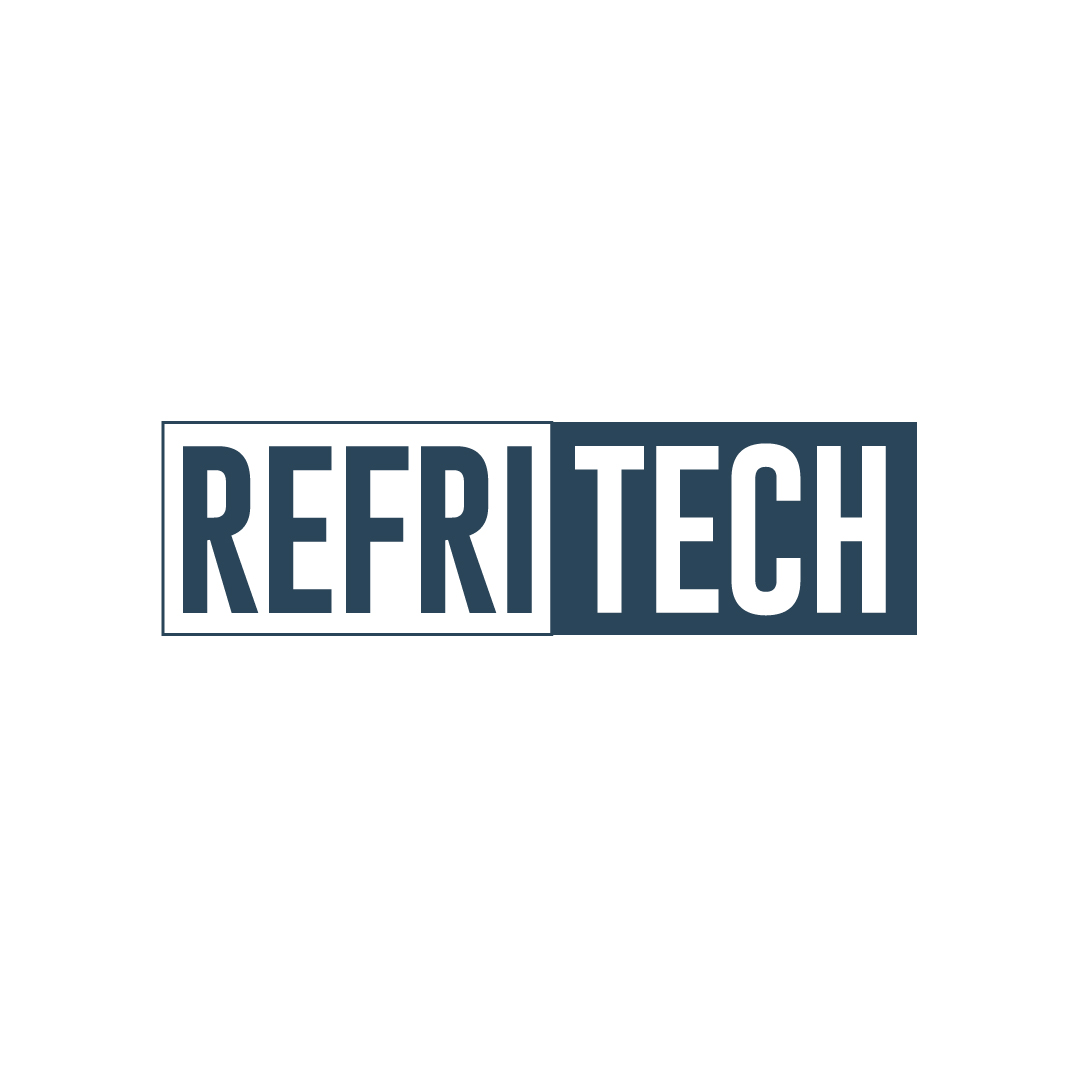Railway Industry
Railway Industry
In the railway infrastructure a very important thing is to keep liquidity in working. Any construction failures need to be avoided by early detection and preventive maintenance. In case of any discrepancies these are needed to react very fast to get the traffic back to normal.
The main problem the rail industry faces in the inspection is the lack of automation, scalability and repeatability. This causes the delays in reporting taking even a few months and lack of information critical for the infrastructure.
All of the monitoring activities require the efficient measuring and mapping of railway trajectories and surroundings. Traditional methods of manual surveys are slow, time consuming and can cause delays.
At present, the vast majority of open-air track has to be monitored by security guards and maintenance operatives, as it would be prohibitively expensive to deploy fixed cameras along hundreds of kilometres of railway lines.
Key Benefits
![]() drones can save billions of euros each year
drones can save billions of euros each year
![]() they could precisely inspect and monitor railway tracks and lines and the whole infrastructure like the alignment of tracks and switching points
they could precisely inspect and monitor railway tracks and lines and the whole infrastructure like the alignment of tracks and switching points
![]() drones do savings in maintenance costs
drones do savings in maintenance costs
![]() protection of personnel safety
protection of personnel safety
![]() European railways spend approx 20 billion euros a year on maintenance,
European railways spend approx 20 billion euros a year on maintenance,
![]() drones could detect cracks, defects in switches,
drones could detect cracks, defects in switches,
![]() through AI drones could send the information for analysis in real-time to detect any anomalies in time advance
through AI drones could send the information for analysis in real-time to detect any anomalies in time advance
![]() inspection of train stations
inspection of train stations
![]() the flights do not require to close the railways for train traffic
the flights do not require to close the railways for train traffic
![]() three main issues the rail is facing are: lack of automation, scalability and lack of liquidity in customer reporting which usually could take months
three main issues the rail is facing are: lack of automation, scalability and lack of liquidity in customer reporting which usually could take months
![]() drones have the ability to inspect multiple tracks at the same time
drones have the ability to inspect multiple tracks at the same time
![]() Drones are capable of producing topographical surveys
Drones are capable of producing topographical surveys
